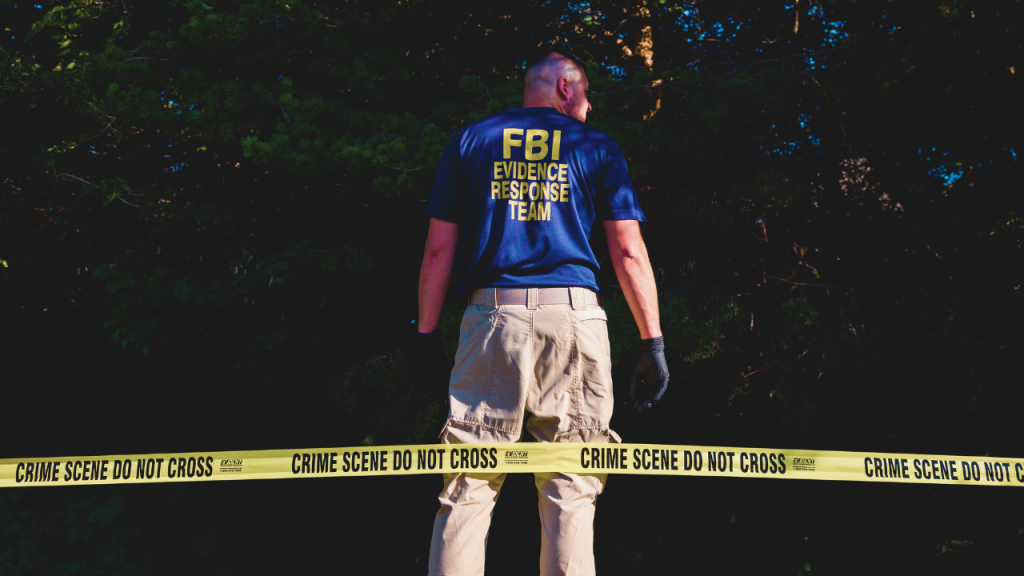The Human Element Behind the Assassination Weapon
In the aftermath of Charlie Kirk’s tragic assassination, investigators have recovered a critical piece of evidence—a bolt-action rifle abandoned in the woods near the crime scene. This choice of weapon tells us something about the calculated nature of the attack, while raising questions about the individual behind it.
Unlike the semi-automatic weapons often associated with mass shootings, a bolt-action rifle represents an older, more deliberate technology. These rifles, beloved by hunters and target shooters for generations, require manual operation between each shot. The shooter must physically lift and pull back the bolt handle to remove a spent cartridge, then push it forward to load a new round, before lowering it to lock everything in place. This methodical process limits the user to a single shot before this reloading ritual must be performed. As Retired Marine Lt. Col. Hal Kempfer explained to Fox News Digital, “This process limits the rate of fire, you can only take one shot at a time.” The choice speaks to a shooter who was confident in their ability to make a single, fatal shot—rather than someone planning to unleash multiple rounds in quick succession.
The weapon choice also suggests forensic awareness. Bolt-action rifles often retain spent cartridges in the chamber rather than automatically ejecting them, meaning the shooter could leave with all physical evidence that might contain fingerprints, DNA, or ballistic information. “That’s just one of those things where you, if you’ve thought it through, you know that you can’t leave any forensic evidence for investigators to work with,” Kempfer noted. This careful consideration points to premeditation and an understanding of how to minimize traces that could lead authorities to the perpetrator. Now that the weapon itself has been recovered, investigators will conduct extensive forensic analysis, attempting to trace its ownership history, purchase records, and any modifications that might provide clues about the shooter’s identity.
The shooting itself, while deeply disturbing, didn’t require extraordinary marksmanship according to experts. “You wouldn’t have to be some expert sniper or something, hunters take this shot all the time,” Kempfer explained, noting that factors like clear weather, elevated position, and manageable distance created favorable conditions for the shooter. This observation suggests that the perpetrator could be someone with basic firearms experience rather than specialized military or tactical training. The methodical nature of the shooting—a single, well-placed shot rather than a frenzied attack—paints a picture of someone who approached this horrific act with cold calculation rather than explosive rage.
As vigils are held across the United States and communities struggle to process this political violence, investigators are left piecing together a puzzle with this recovered rifle at its center. They’ll examine whether the shooter used a straw buyer or other methods to obscure their connection to the weapon, combing through purchase records and looking for any modifications that might reveal more about the person who pulled the trigger. In many ways, the rifle itself embodies the tension at the heart of American gun culture—a traditional hunting tool repurposed for an act of political violence, a simple mechanism used to create profound national trauma.
The human cost of this violence extends far beyond the immediate tragedy. Kirk’s assassination has shaken the nation’s sense of political safety and civil discourse. As communities come together with the message that “we must heal,” investigators continue their painstaking work to understand not just how this happened, but who brought this violence into our political landscape. The abandoned rifle in the woods represents both a crucial piece of evidence and a sobering symbol of how traditional instruments can be turned toward destructive ends, leaving a nation searching for answers amid grief.














